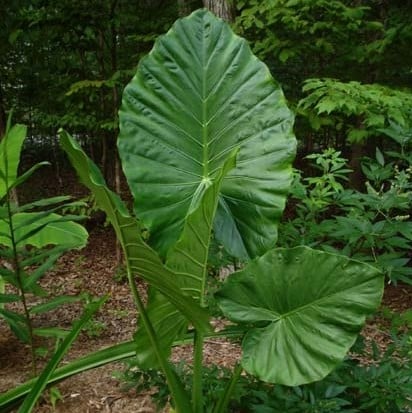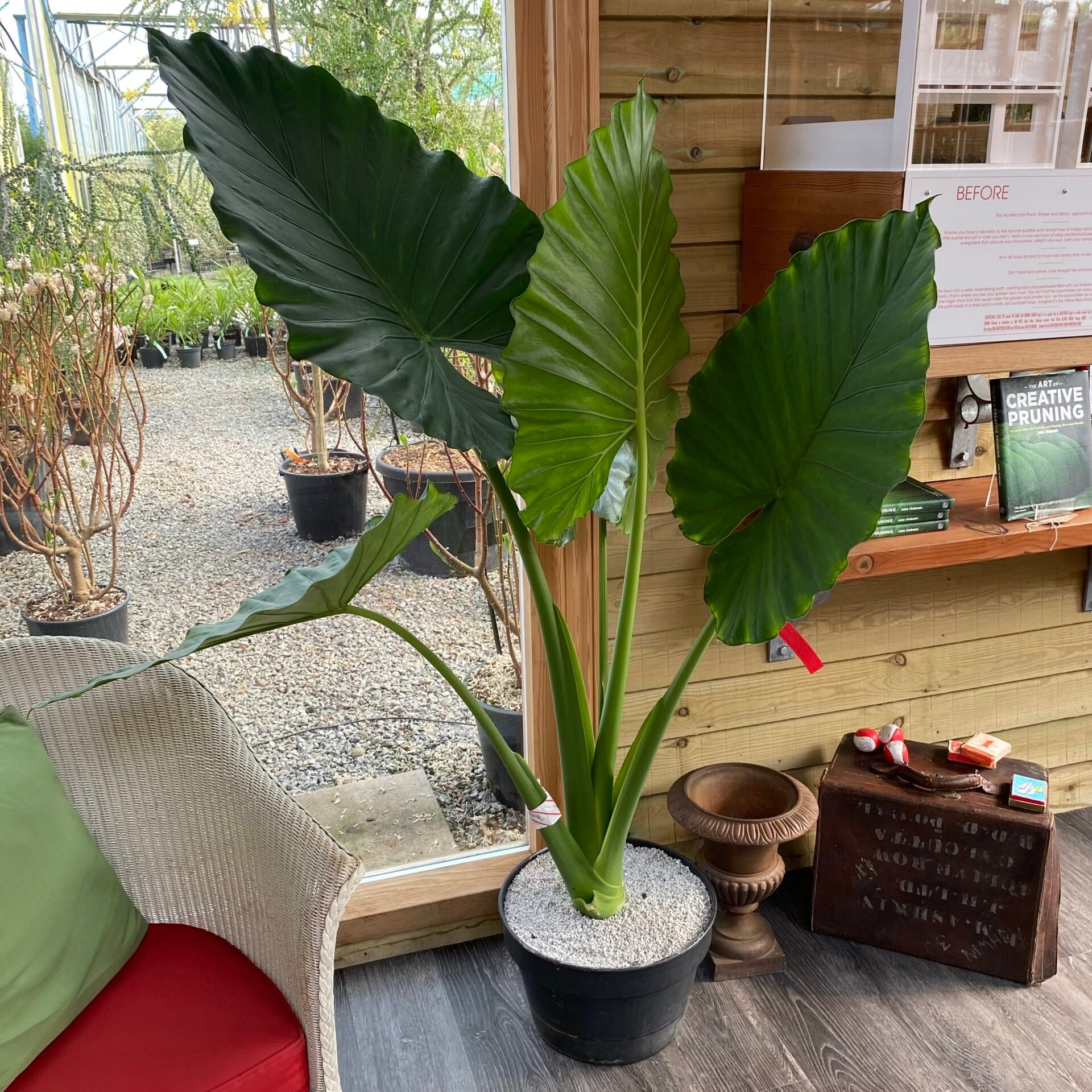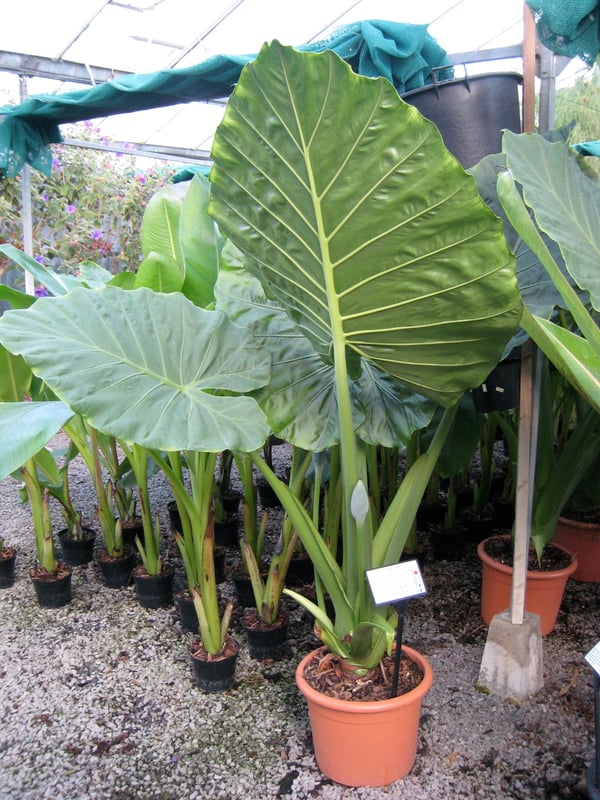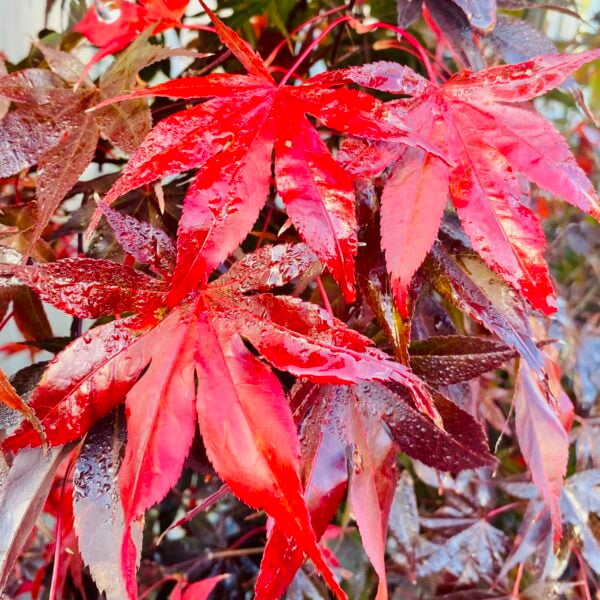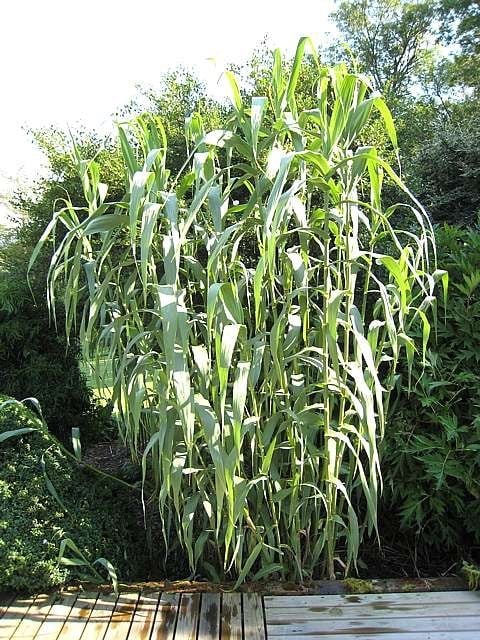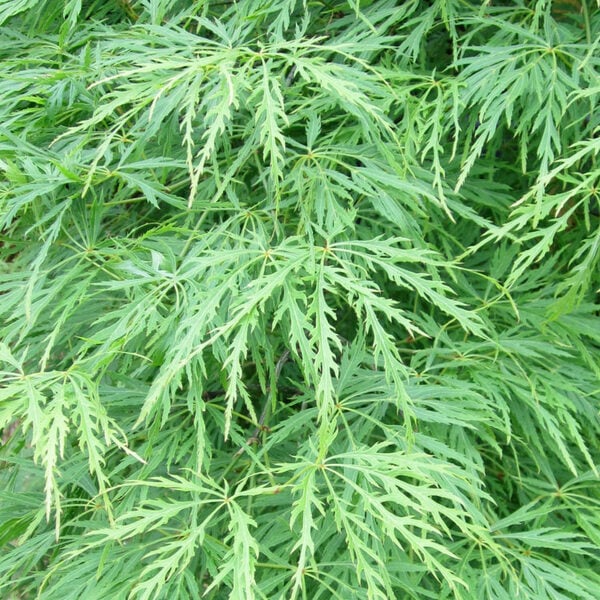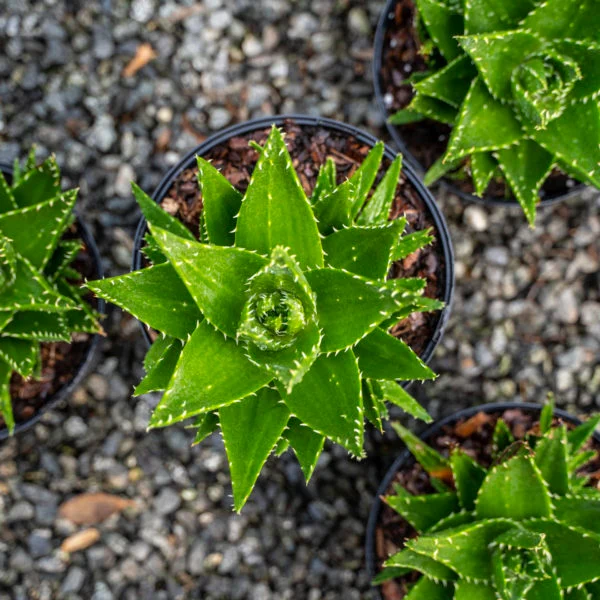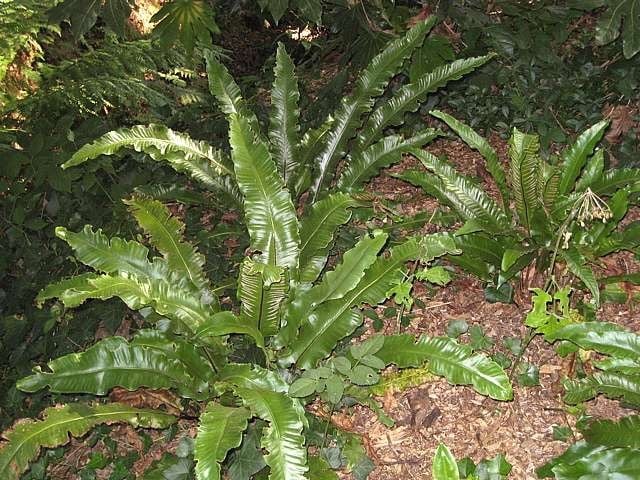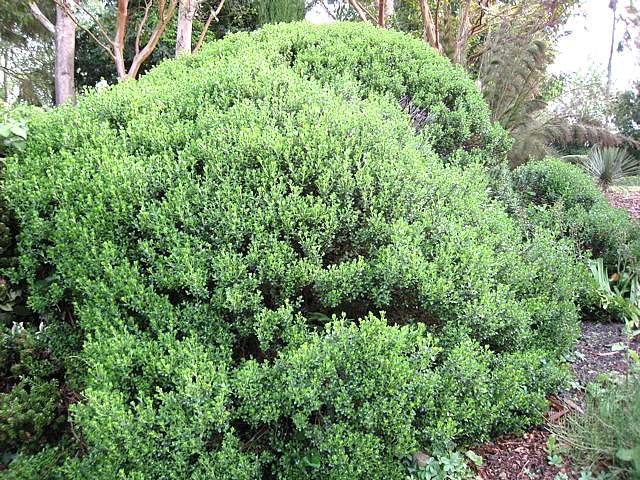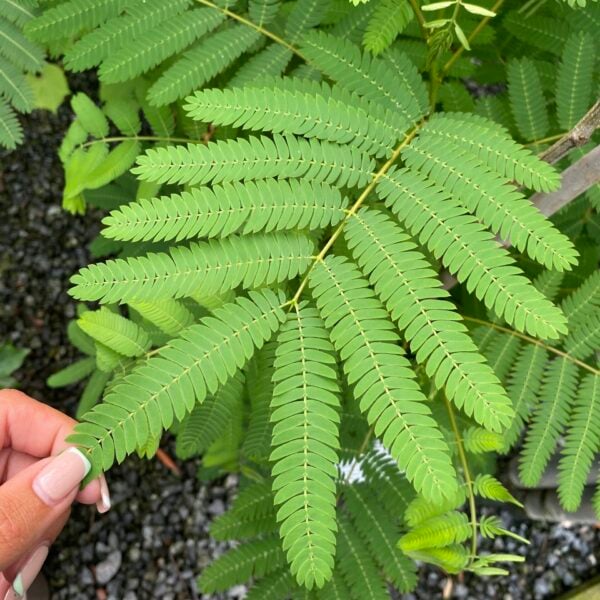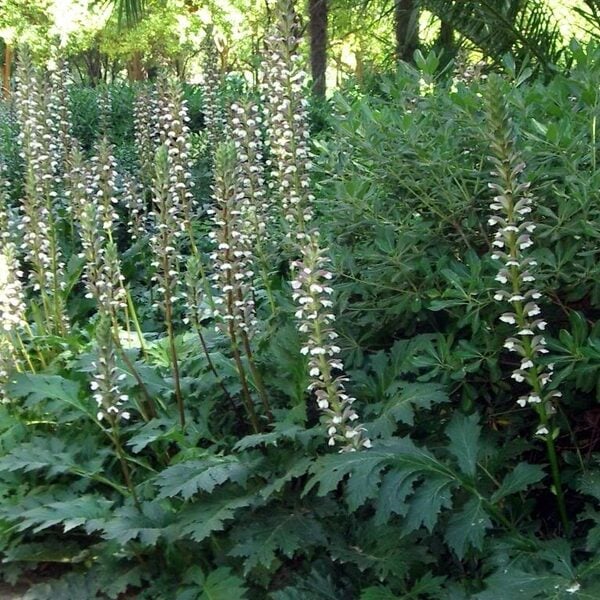Alocasia macrorrhiza (Big Taro)
This monster might survive outside in 0207 land but the easiest indoor plant that ever there was. Loves low light. Shameless drama. To 6ft. Easily. Contact us for stock availability and sizes.

Hardiness level Red
Big leaves seem to be an adaptation to low light levels and are often seen in plants that inhabit forest floors. Definitely the case here. Any direct sun bleaches the leaves yellow. It may survive in a little protected garden in central London or in a built up area close to the seaside but the main reason for us to grow this is a house plant. When asked, we always rather pompously point out that there's no such thing as a house plant but if there WAS - this is it. As long as you have space, just bung it in a saucer, make sure there's always water in the saucer and the only other thing you'll need to do is dust the good leaves and remove the old and tatty ones. If you suspect insect infestation, rather than use Biological Control or insecticide, just try wiping the leaves with a soapy sponge. Very effective. If anyone has this growing outside in the ground, please let us know.
Additional Information |
|
|---|---|
| Soil Type | |
| Light | |
| Plant Type | |
| Continent of Origin | |
| Specialist Plants | |
| Situation | |
| Hardiness | |




